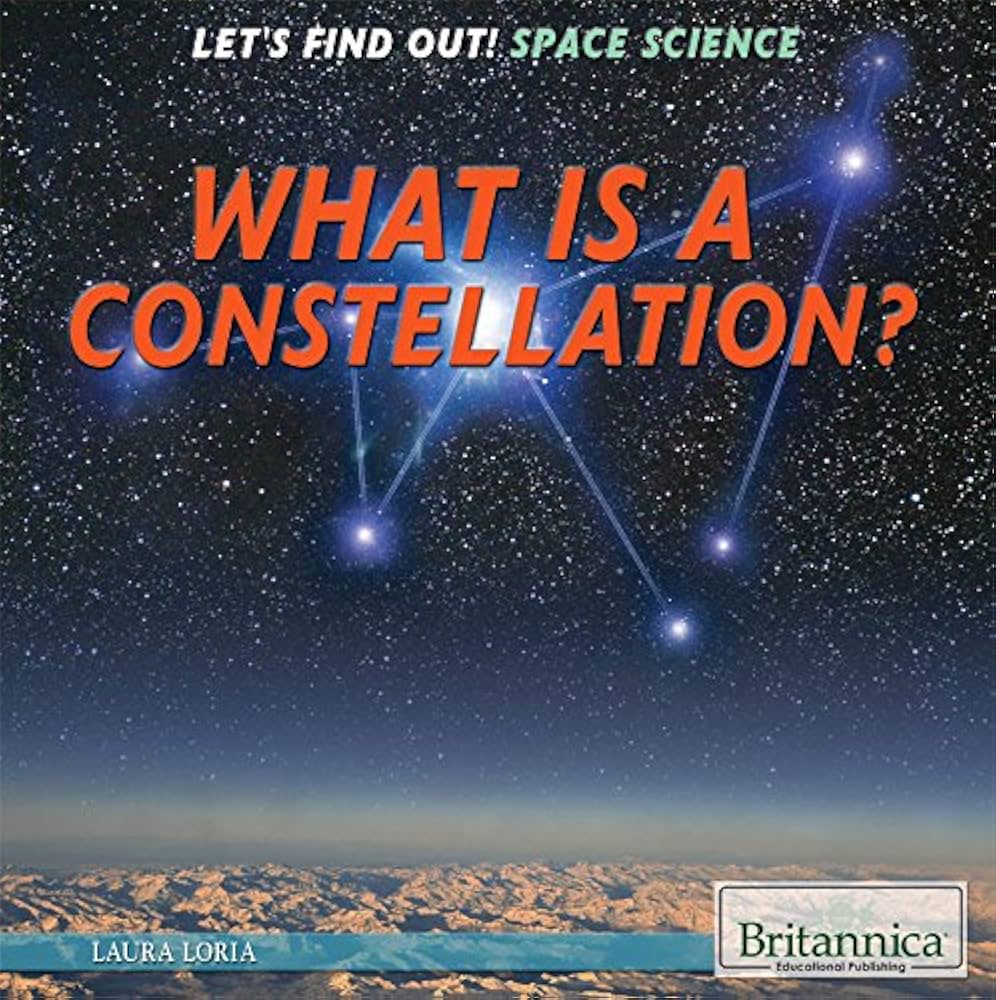Man, I’ve always been super into the stars. Ever since I was a kid, I’d stare up at the night sky, totally amazed. So, I decided to get a bit more serious about it and make a constellation book.
First, I grabbed a notebook—nothing fancy, just something I could scribble in. Then, I started learning about different constellations. There are tons of them, but I started with the easy ones, like Orion and the Big Dipper. I found out that constellations are basically groups of stars that look like they form a picture. It is not always easy to find the different groups. People used them way back in the day to keep track of time and seasons, especially for stuff like farming.
I figured the best way to learn was to actually see them, so I started going outside at night. I got myself a planisphere which is this cool little tool that shows you which constellations are up there at any time of the year. It’s like a map, but for the sky!
I found some star maps online, printed them out, and stuck them in my notebook. Star maps, also known as star charts, are detailed maps of the night sky, depicting constellations, stars, planets, and other celestial objects as seen from Earth. They are your celestial guide, helping you navigate the sky’s expanse and identify stars in the sky. These maps show where each constellation is supposed to be. But let me tell you, it’s one thing to see it on paper and another to find it in the sky!

I started with Orion because it’s pretty recognizable with those three stars in a row that make up his belt. Once I found Orion, I used it as a reference point to find other constellations nearby. It is said that there are 88 distinctive patterns in the sky. And I also began to learn about their origins, mythology.
My Recording Process
- Go Out: I’d find a spot away from city lights where the sky was nice and dark.
- Use the Planisphere: I’d dial in the date and time on the planisphere to see what I should be looking for.
- Find a Constellation: I’d start with an easy one and try to match it up with what I saw in the sky.
- Draw It: Once I found a constellation, I’d sketch it out in my notebook. I’m no artist, but I tried my best to get the stars in the right spots.
- Write About It: Next to my drawing, I’d write down the constellation’s name, what it’s supposed to look like (like a hunter or a lion), and any cool stories about it. I read a book called “The Stars: A New Way to See Them” by H.A. Rey, which helped me a lot.
I kept doing this, night after night, adding more constellations to my book. It was slow going, but super rewarding. I even started to recognize some of the patterns without even using the planisphere. How cool is that?
This whole thing has been a blast. It’s like I’ve unlocked a whole new way of looking at the sky. I’m still adding to my constellation book, and I don’t think I’ll ever get tired of it. If you’re even a little bit curious about the stars, I totally recommend giving this a try. It’s a fun way to learn something new and get a little closer to the universe.









